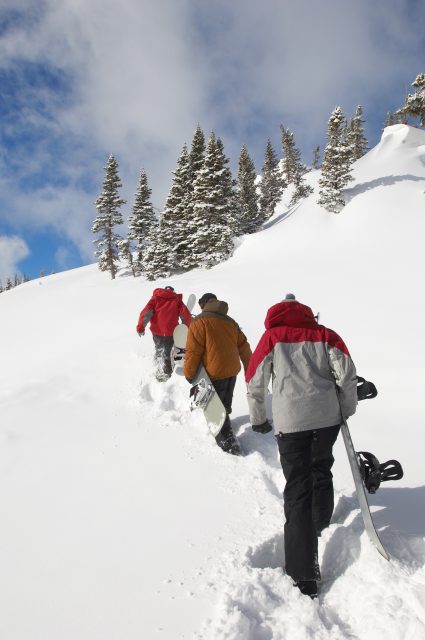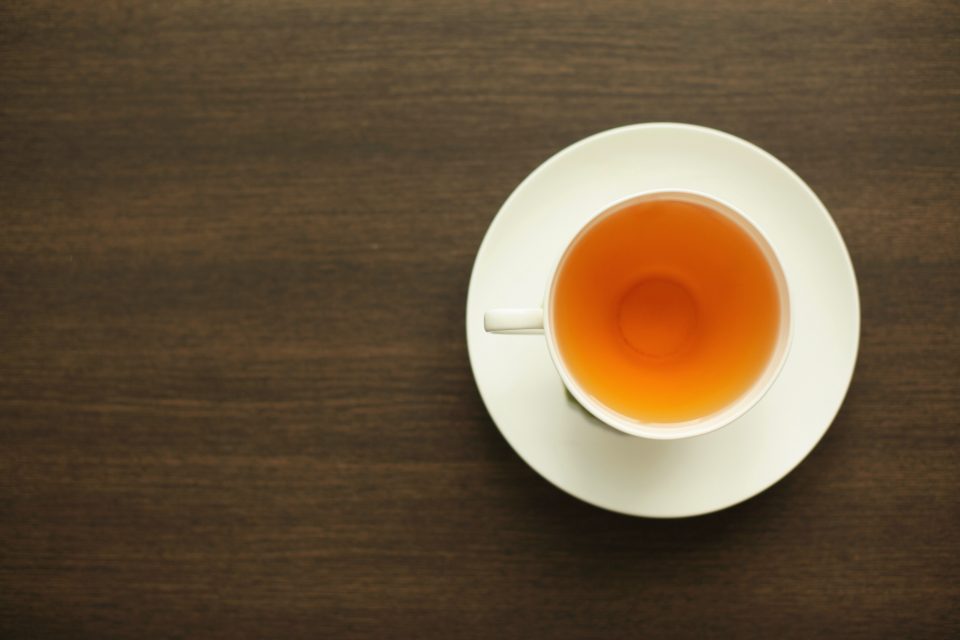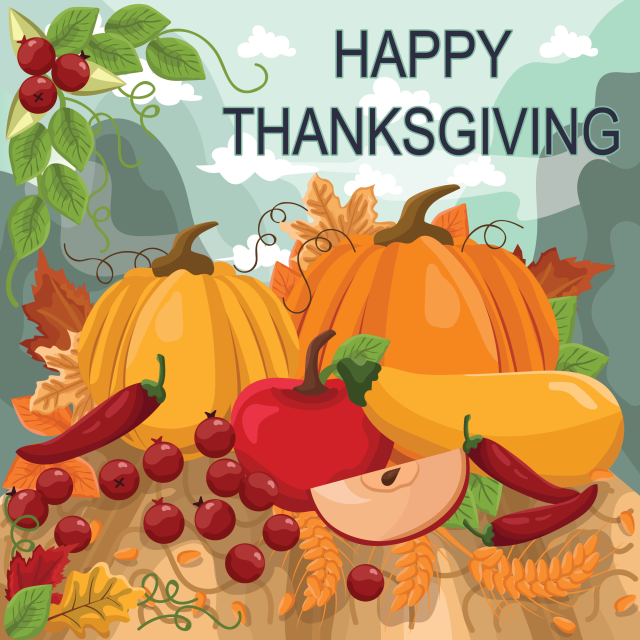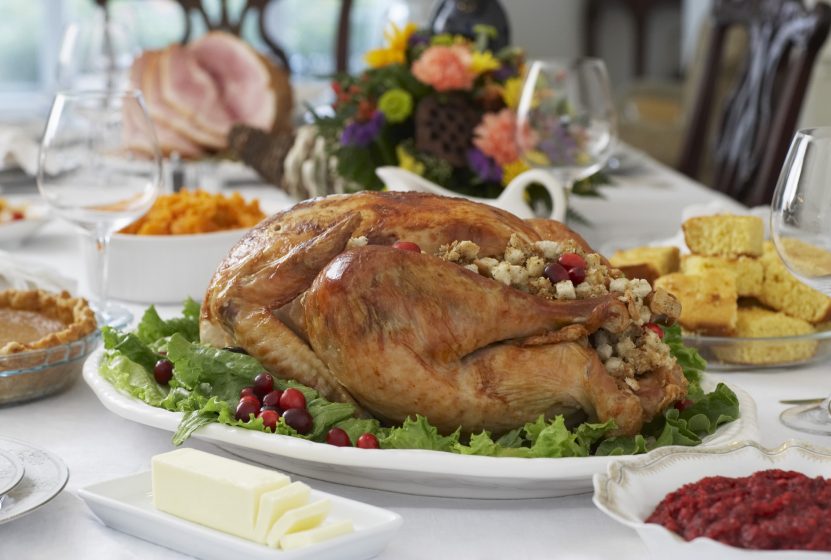![]()
This article is sponsored by Gu Energy.
Runners are not immune to the weight gain that the average American experiences between Halloween and the New Year. Although most of the 5-9 pounds of accrued body weight is lost in January, research shows that 1-2 pounds linger around through the following year. Multiply that by ten years … and all of sudden you are 10-20 pounds heavier than you were a decade ago.
Running is great for our waistline, our metabolism, our heart, our immune function, and our bone density. Not to mention our mental health. However, the runner’s mentality of “running to eat” can become especially dangerous during the holiday season, particularly if mileage and intensity decrease in the “off season.”
There are three factors that play into the notorious winter weight gain: biology, decreased exercise, and increased food intake. All three we can control. Let’s take a look at how …
Yes, You Can Control Your Biological Settings
Humans are hormonally and biologically more likely to choose high-calorie foods when the weather gets cold; it is a survival mechanism. Plus, serotonin, which boosts your mood, drops during the winter. When your mood drops, your brain craves endorphins, which it gets from sugar. If you are a runner tapering your miles, the decreased mileage can also actually make you hungrier. Exercise not only supplies those endorphins mentioned above, but also suppresses appetite short term. Use this tool to your advantage, and run right before holiday parties or big meals.
What to Do?
- Be active outside of your normal run. If the cold, wet, snowy, icy, and/or windy weather has you disinclined to run, take up snow sports, which do a great job of spiking your heart rate and providing a good cardiovascular workout. Try things like snowshoeing, skiing, snowboarding, ice skating, or cross country skiing. Even shoveling the driveway can burn up to 450 calories in 60 minutes for a 150-pound person. If the cold is too much to handle, get inside for hot yoga, swimming, or a cycling class, and work on building your strength with weights or CrossFit.
- Keep healthy snacks at home, in your car, and at work. Always have something sweet (fruit + nut butter, dark chocolate, or a Larabar) and something salty (roasted nuts, veggies and hummus) on hand for when the craving strikes. Fill up on high-fiber foods, healthy fats, and lean protein.
- Supplement with omega-3s and vitamin D. Both help to boost serotonin, immunity, and mood. If you like seafood, aim for at least 4 servings of fatty fish weekly.

Visions of Sugarplums …
Seasonal treats are everywhere – coffee shops, restaurants, grocers – one Seattle store introduced 56 pumpkin-flavored items starting on October. These items can easily make their way into our daily routine, often in place of, or even in addition to our routine diet. Here are a couple of helpful tips to help you navigate the abundance of sugar and empty calories that await your post-run hunger pangs:
- Re-think your drink. Opt for water all of the time. It is harder to drink water when the weather is cold, so heat it up, or drink herbal tea without sweetener added. Drinking calories and sugar is never recommended, because our body does not register “fullness” when we drink calories versus eating them. Throw in the “once a year” lure of seasonal drinks and it’s hard to pass up. Take a look at some of the numbers:
- 12 ounce of eggnog: 380 calories, 30g sugar
- 16 ounce Peppermint White Chocolate Mocha: 540 calories, 79g sugar
- 4 ounce hot buttered rum: 400 calories, 26g sugar
- Stick to the “Five Bite Rule.” Research shows that the pleasure centers in our brain cease or slow their firing after 5 bites of a sweet food or beverage. Stated simply – after five bites of a sweet treat, it only gets less enjoyable.
- Keep it out of the house. Love pecan pie? Pumpkin bread? Peppermint bark? Save it for eating out only. Keeping it out of the house prevents you from overindulging all day long. When you do decide to stop by Starbucks for their pumpkin loaf, remember to stick to the “five bite rule.”
- “If I don’t bring it, I don’t eat it” is a great rule for the office. Salivary glands are stimulated just by the sight of food, so you could be completely stuffed from lunch, but walk into the break room to the sight of Christmas cookies, and suddenly find yourself a couple cookies deep. Can’t avoid the temptation? Find alternate routes at work, or drive a different way home, to avoid temptations.

The Holidays – By the Numbers
The recommended daily intake for added sugars is 24g (2 Tablespoons) for women and 36g (3 Tablespoons) for men. The average American consumes 153g daily … that’s 12 Tablespoons. And that’s on a normal day, without factoring pumpkin spice lattes and your co-workers famous fudge. Let’s take a look at holiday culprits:
- 5 “Fun Sized” pieces of Halloween candy: 65g sugar
- 1 slice (1/8th) pecan pie: 61g sugar
- 2 Frosted Christmas cookies: 36g sugar
- 1” square chocolate fudge: 29g sugar
And what about Thanksgiving itself? The average turkey dinner, including a single small serving of: turkey, mashed potatoes and gravy, roll with butter, green bean casserole, stuffing, and cranberries, plus one slice each of pumpkin and pecan pie, and a glass of wine, totals to just over 3,000 calories. Repeat that on Christmas Eve, plus Christmas morning brunch. The average New Year’s Party, full of small bites and appetizers, can total to just over 1,700 calories.
The Holiday Parties – Don’t buy a Bigger Ugly Sweater This Year
The key to being successful at any food-based social gathering – Thanksgiving, your work Christmas party, or a tailgate – is to never go overly hungry. Eat breakfast, and small, light, high-fiber snacks leading up to the party. Going hungry will only cause you to overindulge in already-heavy fare. Here are a few additional tips:
- Ask to bring a dish. Bring something healthy that you can fill up on if need be.
- Stick to the Rule of Ones: One caloric beverage. One appetizer plate. One “splurge item”(stick to five bites). One entrée plate (fill ½ with veggies, ¼ – 1/3 with lean protein, and the remainder with a healthy starch or grain). One dessert (five bites again).
- Sit down and eat. Your body does not feel full as quickly when you stand and eat. Plus, if you plate all of your food, instead of standing at the food table and chatting, your mind is able to register the amount of food you are eating, which also stimulates fullness.
- Throw your plate away once you’re done eating Nothing like an empty plate crying “fill me” to make you go back for seconds.
The holiday season is full of awesome flavors and great opportunity to socialize with friends and family. Unfortunately, the season has also been overshadowed by gluttony, weight gain, stress, and dread. This year, instead of a New Year’s Resolution to undo all of what you did (or didn’t do) over the holidays, make a “Holiday” Resolution to maintain your weight and physical activity from now until February 14th.
Want healthier versions of your favorite holiday recipes?
Email heidi@experiencemomentum.com


















